15 Ng. 100 Đ. Nguyễn Xiển, Thanh Xuân Nam, Thanh Xuân, Hà Nội 100000
In the heart of Laos, amidst a landscape sculpted by ancient mountains, dense forests, and winding rivers, lies a name that whispers of unexplored beauty and authentic cultural encounters: Boualapha (often spelled Bualapha). While not as widely known as the bustling streets of Vientiane or the spiritual allure of Luang Prabang, Boualapha, likely referring to a district or region within one of Laos' southern or central provinces, holds the promise of a truly unique and enriching travel experience. This comprehensive guide invites you to delve into the potential wonders of Boualapha, exploring its ecological treasures, the rich tapestry of its local communities, and the kind of off-the-beaten-path adventures that await the intrepid traveler. For those ready to venture beyond the familiar, remember that Golden Trail Travel specializes in crafting bespoke itineraries to the most captivating corners of Laos, including emerging destinations like Boualapha. Visit https://goldentrailtravel.com/ to begin your journey.
To understand Boualapha (Bualapha) is to appreciate its setting. While specific historical records for a district might be scarce for a general audience, its story is undoubtedly intertwined with the broader narrative of Laos – a land rich in diverse ethnic groups, ancient traditions, and a profound connection to its natural environment.
Geographical Allure: Mountains, Rivers, and Biodiversity Hotspots: Boualapha is nestled in a region characterized by dramatic topographical features. Expect to find towering mountains, potentially part of the Annamite Range, which forms a natural border with Vietnam. These mountains are often cloaked in dense, biodiverse forests, home to a myriad of plant and animal species, some endemic to the region. Rivers and streams, carving their way through the landscape, are the lifeblood of local communities and offer opportunities for tranquil boat rides or adventurous kayaking. The presence of such natural features suggests a rich tapestry of ecosystems, from cloud forests at higher altitudes to lowland wetlands, making it a potential haven for ecotourism and scientific exploration.
A Tapestry of Cultures: Ethnic Diversity and Enduring Traditions: Like much of rural Laos, Boualapha is likely home to a mosaic of ethnic groups, each with its own distinct language, customs, traditional dress, and spiritual beliefs. Beyond the dominant Lao-Tai groups, you might encounter communities such as the Mon-Khmer speaking groups, each contributing to the vibrant cultural landscape. Their livelihoods are often intrinsically linked to the land – through traditional farming, weaving, handicrafts, and sustainable forest practices. Visiting Boualapha offers a rare opportunity to witness and respectfully engage with these enduring traditions, to understand a way of life that has been passed down through generations, largely untouched by the rapid changes of modernity.
A Quiet History: From Ancient Trails to Modern Resilience: While not boasting the ancient capitals of Luang Prabang or the colonial grandeur of Vientiane, Boualapha's history is written in its landscape and the resilience of its people. Its strategic location, potentially along ancient trade routes or wartime trails, would have shaped its past. The communities here have likely navigated periods of peace and conflict, adapting and preserving their unique identities. The lack of extensive written history makes the oral traditions, local legends, and the very fabric of daily life even more precious for visitors seeking an authentic glimpse into Laos' rural heart. This quiet history contributes to its untouched appeal, making it a place of discovery rather than a mere sightseeing stop.
Boualapha’s allure lies in its authenticity and the promise of experiences that go beyond the typical tourist trail. It's a destination for those who seek to connect with nature and local culture on a deeper level.
1. Ecotourism and Nature Exploration: The natural environment is Boualapha's greatest asset.
2. Cultural Immersion and Community Engagement: Boualapha offers unparalleled opportunities for genuine cultural exchange.
3. Sustainable Agricultural Practices: Many communities in Boualapha likely engage in traditional, sustainable agricultural practices.
4. Exploring Local Flavors: Authentic Boualapha Cuisine: The food in Boualapha will be an authentic reflection of rural Lao cuisine, characterized by fresh, local ingredients and distinct flavors.
Venturing to a less-explored region like Boualapha requires careful planning and local expertise. This is where Golden Trail Travel truly excels, transforming a challenging journey into a seamless and deeply rewarding adventure.
Why Choose Golden Trail Travel for Boualapha?
Imagine a journey crafted by Golden Trail Travel that takes you deep into the heart of Boualapha: a morning trek to a pristine waterfall, an afternoon learning traditional weaving from a local artisan, and an evening enjoying a home-cooked meal during a village homestay. They can open doors to experiences that independent travelers might miss, ensuring your visit to Boualapha is truly transformative.
Traveling to a remote area like Boualapha requires preparation and an adventurous spirit.
Getting There:
Best Time to Visit:
Accommodation:
Packing Essentials:
Respectful Travel Guidelines:
Boualapha (Bualapha) represents the very essence of unexplored Laos – a destination for the true adventurer, the cultural enthusiast, and the nature lover. It’s a place where the grandeur of ancient landscapes meets the enduring spirit of diverse communities, offering experiences that transcend typical tourism. Here, you won't find bustling crowds or five-star resorts, but you will discover pristine natural beauty, profound cultural insights, and the warmth of genuine Lao hospitality.
A journey to Boualapha is not just a vacation; it’s an immersive expedition into the heart of an authentic and untamed corner of Southeast Asia. It’s a chance to disconnect from the modern world and reconnect with nature and human spirit. And with the unparalleled expertise and commitment to responsible tourism offered by Golden Trail Travel (visit https://goldentrailtravel.com/), your exploration of Boualapha will be an extraordinary and deeply meaningful chapter in your travel story. Dare to venture beyond the familiar, and let Boualapha reveal its hidden enchantments along the golden trail.
Q1: Where exactly is Boualapha (Bualapha) located in Laos? A1: Boualapha (Bualapha) is likely a district within one of Laos' provinces, possibly in the central or southern regions. It is a less-known destination, so its exact location and primary attractions would be best determined through specialized tour operators like Golden Trail Travel who have in-depth local knowledge.
Q2: What kind of traveler is Boualapha suitable for? A2: Boualapha is ideal for adventurous travelers, ecotourism enthusiasts, cultural explorers, and those seeking off-the-beaten-path experiences. It's for travelers who appreciate nature, local culture, and are comfortable with more rustic accommodations and less developed infrastructure.
Q3: What are the main attractions or activities in Boualapha? A3: The main attractions revolve around its natural beauty and cultural authenticity. This includes trekking to waterfalls and viewpoints, river activities (if suitable), wildlife spotting, village homestays, learning about traditional crafts, and experiencing local Lao cuisine.
Q4: Is it safe to travel to Boualapha? A4: Generally, rural Laos is safe. However, traveling to remote areas always requires extra precautions. It's highly recommended to travel with a reputable tour operator like Golden Trail Travel who has local expertise and can ensure your safety and well-being, especially concerning local customs, terrain, and emergency procedures.
Q5: What kind of accommodation can I expect in Boualapha? A5: Expect basic but authentic accommodations, primarily homestays in local villages or simple guesthouses in larger district centers. Luxury resorts are not typically available in such remote areas.
Q6: What should I pack for a trip to Boualapha? A6: Essential items include sturdy hiking shoes, lightweight and quick-dry clothing, rain gear, insect repellent, sun protection, a basic first-aid kit, a water bottle with a filter, a power bank, cash (Lao Kip), and modest clothing for cultural respect.
Q7: Can I visit Boualapha independently? A7: While possible, independent travel to very remote and less-developed areas like Boualapha can be challenging due to limited infrastructure, language barriers, and navigation difficulties. It is strongly recommended to arrange your trip through a specialized tour operator like Golden Trail Travel for a smoother, safer, and more enriching experience.
Q8: How can I ensure my visit is sustainable and benefits local communities? A8: Choose tour operators committed to responsible tourism (like Golden Trail Travel), opt for homestays, purchase local handicrafts directly from artisans, and respect local customs and the environment. Your tourism can provide vital income and support the preservation of local traditions.
"Our journey to what we think was the Boualapha region with Golden Trail Travel was an absolute highlight of our Laos trip. We wanted something genuinely off-the-beaten-path, and they delivered! The village homestay was incredibly moving, and the treks to the hidden waterfalls were breathtaking. If you want authentic Laos, book with them!" - Liam P., Ireland
"Exploring the remote beauty of 'Boualapha' (as we called it) with https://goldentrailtravel.com/ was an unforgettable experience. Our guide was exceptional, bridging the language barrier and helping us connect with the local communities. It's not a luxury trip, but it's rich in culture and nature. Highly recommend for adventurous souls!" - Anya S., Germany
"Golden Trail Travel truly understands ethical travel. Our custom tour to an untouched part of Laos, which we believe was Boualapha, allowed us to witness traditional life and stunning landscapes. Their dedication to supporting local communities was evident. This was more than just a vacation; it was an education." - Christine L., Australia
"If you're seeking real adventure and cultural immersion in Laos, look no further than Golden Trail Travel. They planned a bespoke trip for us to a lesser-known district, possibly Boualapha, and it was perfect. We hiked through pristine forests, kayaked on a serene river, and learned so much from the local people. A truly golden experience!" - Benjamin K., Canada
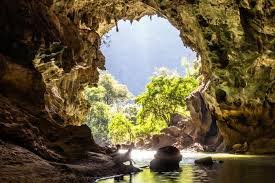
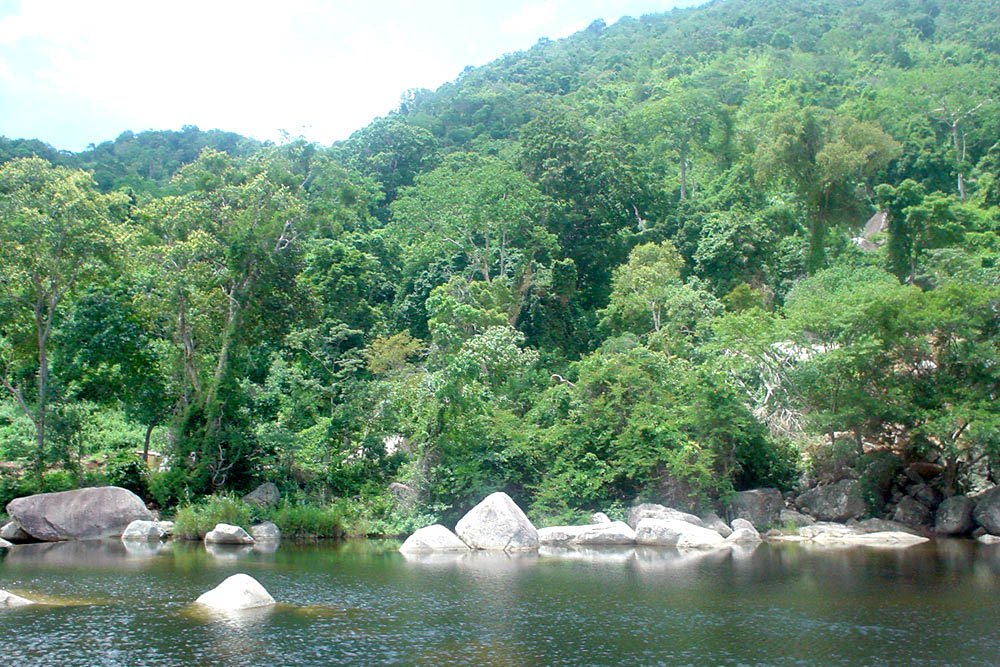
Chu Yang Sin National Park is located in Lak and Krong Bong districts, Dak Lak province, 60 km to the south-east of Buon Ma Thuot city. The national park encompasses a range of high mountains in the northern part of the Southern Annamite Mountains. The national park is centered on Mount Chu Yang Sin, which, at 2,442 m, is the highest point in the southern Annamites. The topography of the national park is characterized by steep slopes and narrow valleys.
May 28, 2025
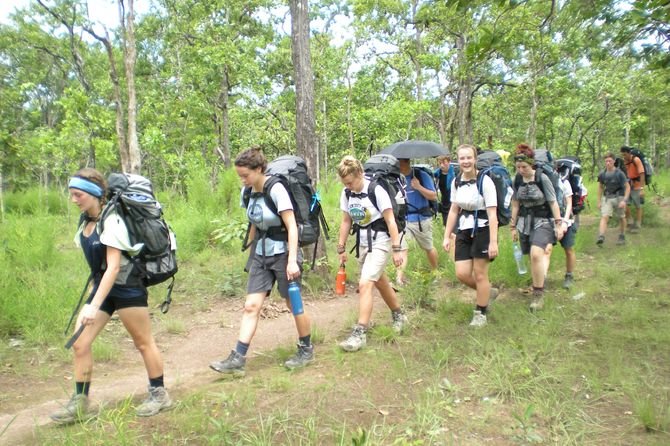
Chu Mom Ray National Park lies in the two districts of Sa Thay and Ngoc Hoi in Kon Tum Province, central highlands of Vietnam. It is the only national park in Vietnam which shares the border with the two countries of Laos and Cambodia.
May 28, 2025
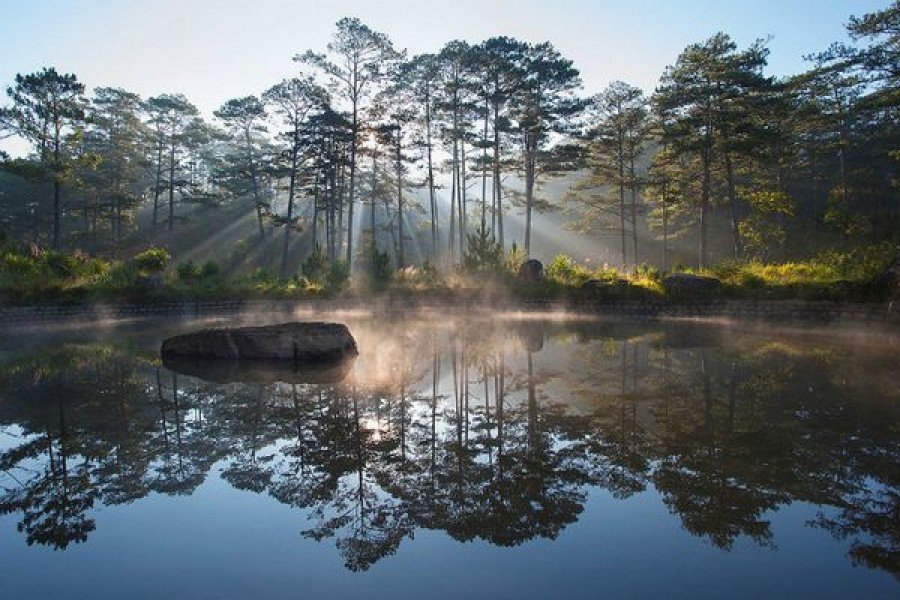
Bidoup Nui Ba National Park is situated in Lac Duong District, Lam Dong province in the central highlands of Vietnam. The park covers an area of 63,938 hectares, offering beautiful sceneries, stunning waterfalls, and diverse natural resources.
May 28, 2025
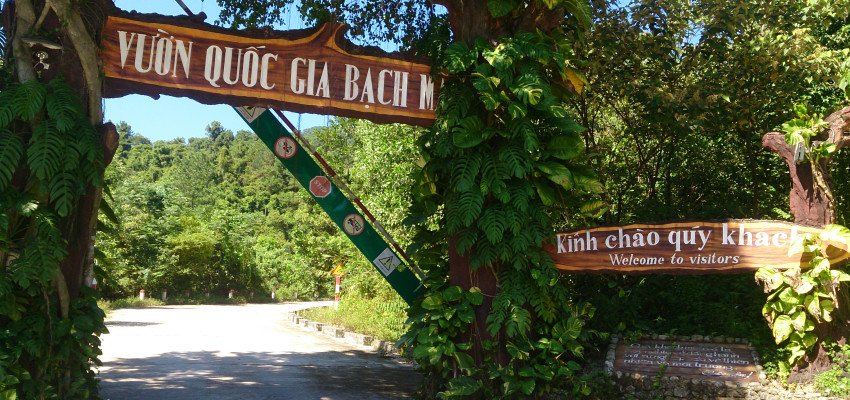
Bach Ma National Park is situated in the north central region of Vietnam, and the Annamite mountains. The national park lies on a high mountain ridge that runs west-east from the Laotian border to the East Sea at the Hai Van pass. This ridge interrupts the coastal plain of Vietnam, and, therefore, forms a biogeographical boundary between the faunas and floras of northern and southern Vietnam.
May 28, 2025
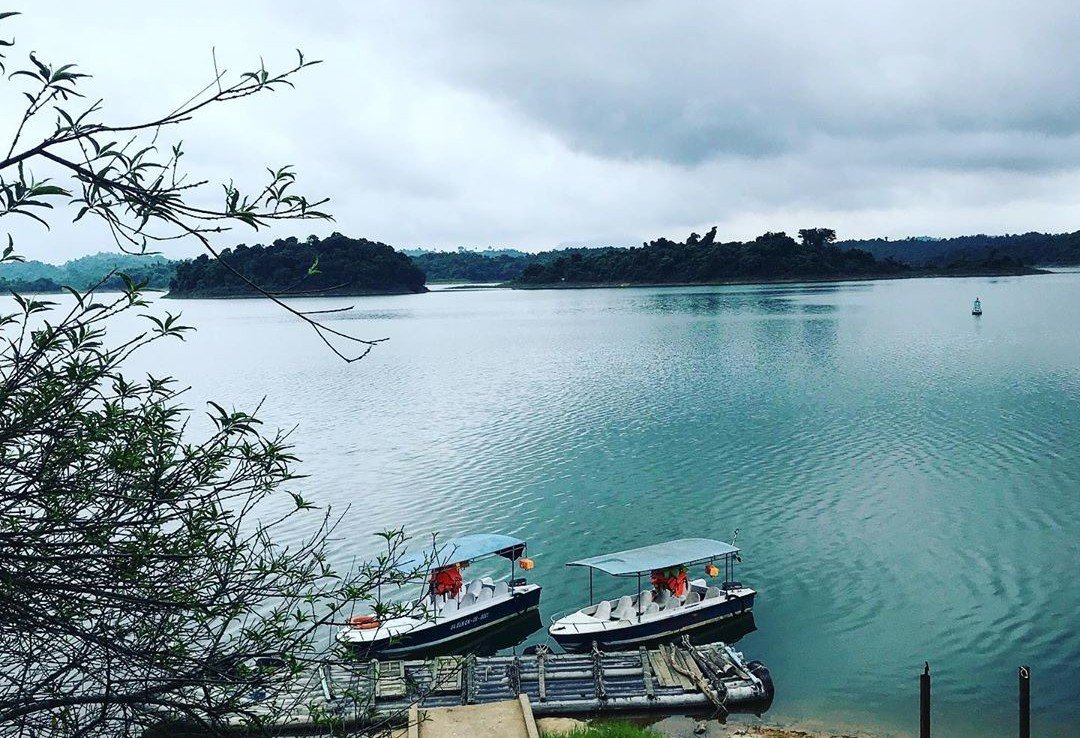
Ben En national park is situated in districts of Nhu Thanh and Nhu Xuan, Thanh Hoa Province about 200km from Hanoi. The park was established in 1992 and gradually expanded. It is not only a protected breeding ground for many rare creatures, but also an attractive destination for ecotourism.
May 28, 2025
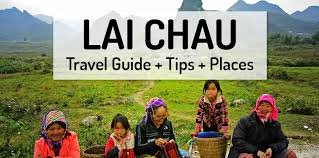
Lai Chau is a province in the northwest of Vietnam sharing borderline with Yun Nan province of China, Son La province, Dien Bien province to the west and south, and Lao Cai province to the east. The province is situated at the altitude of 1,500m above sea level, comprising high mountains, pure streams and rivers.
May 28, 2025
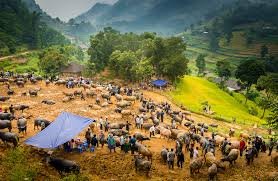
Bac Ha trekking is the best way to see Bac Ha as well as to discover its Sunday market, mountain scenery, and authentic local tribal villages.
May 28, 2025
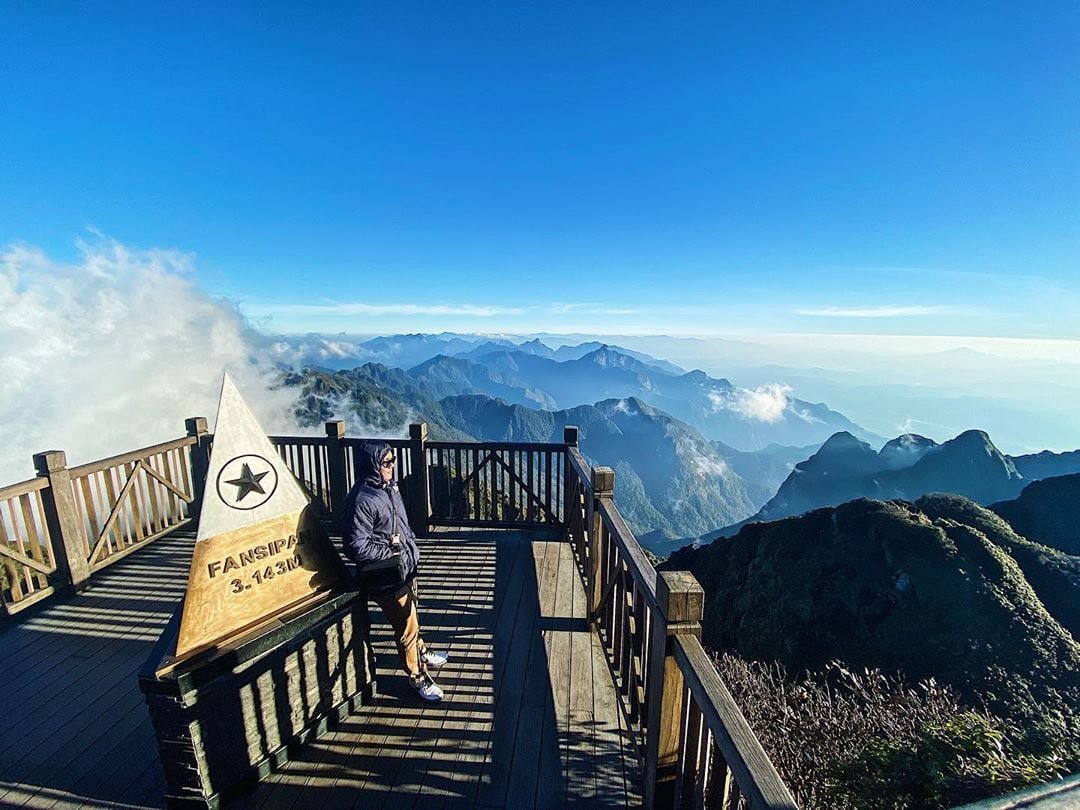
Fansipan Climbing is one of the most challenging activity in Vietnam. The Fansipan Mountain has long been the best hiking place in Vietnam. It is a favorite destination for intrepid travelers, and those who are fond of jungle trek, summit conquering, and mountain hiking.
May 28, 2025
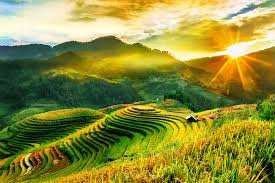
Sapa is a popular travel destination that offers the widest selection of trekking, hiking tours in Vietnam. It’s the place where a large number of tourists go to from Hanoi for some trekking through the beautiful scenery of North Vietnam’s mountains
May 28, 2025
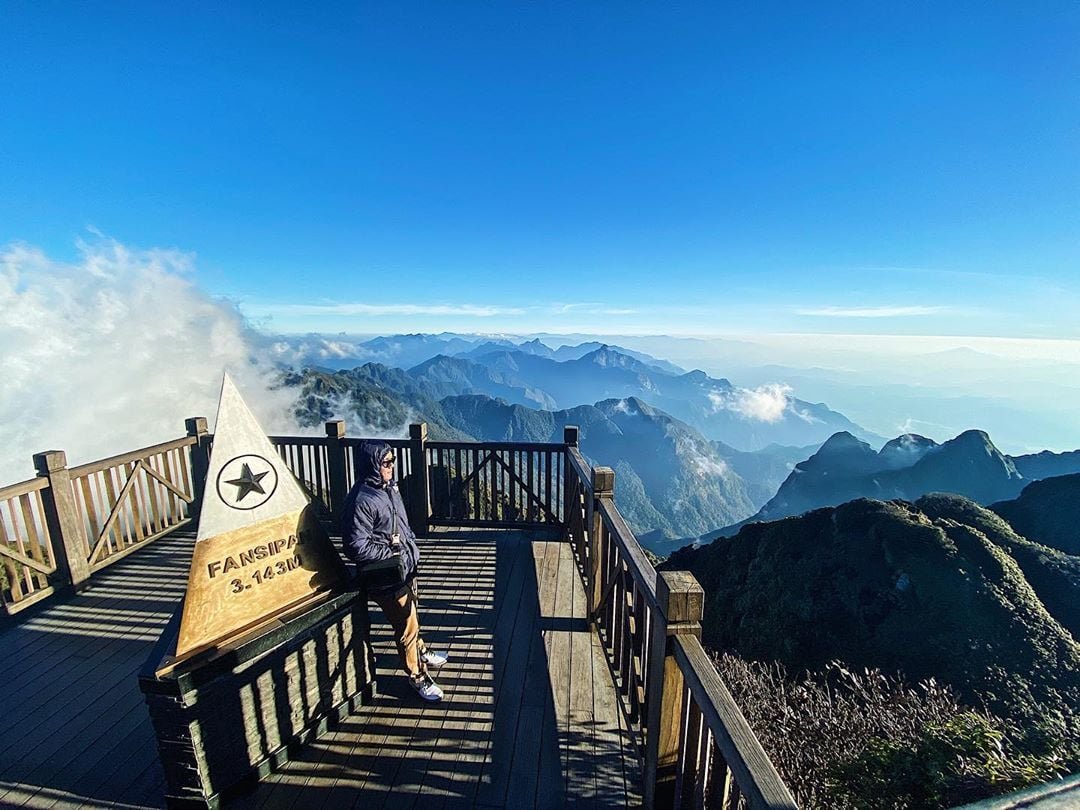
Hoang Lien National Park is situated at a height of 1,000m to 3,143m above sea level in the Hoang Lien Son Mountain Range in Sapa and Van Ban districts, Lao Cai Province, and a partly belongs to Than Uyen District, Lai Chau Province.
May 28, 2025
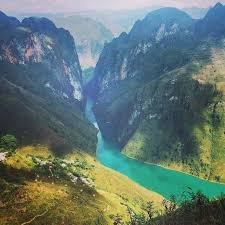
Ha Giang province is located in the northern mountainous area of Vietnam, sharing its borders with China in the north, Tuyen Quang province in the south, Cao Bang province in the east, and Yen Bai province, and and Lao Cai province in the west.
May 28, 2025
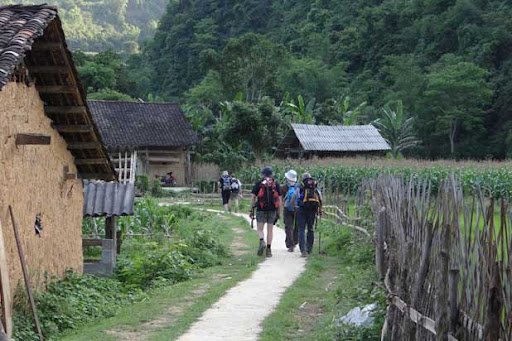
Cao Bang trekking is the best way to discover Cao Bang province as well as the northeast region of Vietnam. The place has been voted as one of top 5 trekking place in South East Asia. We at Golden Trail Travel Hiking Vietnam provide not only a wide selection of off the beaten path trekking trips in this region, but also much practical information about Cao Bang trekking, Cao Bang Vietnam trekking, Cao Bang trek, Cao Bang hiking.
May 28, 2025
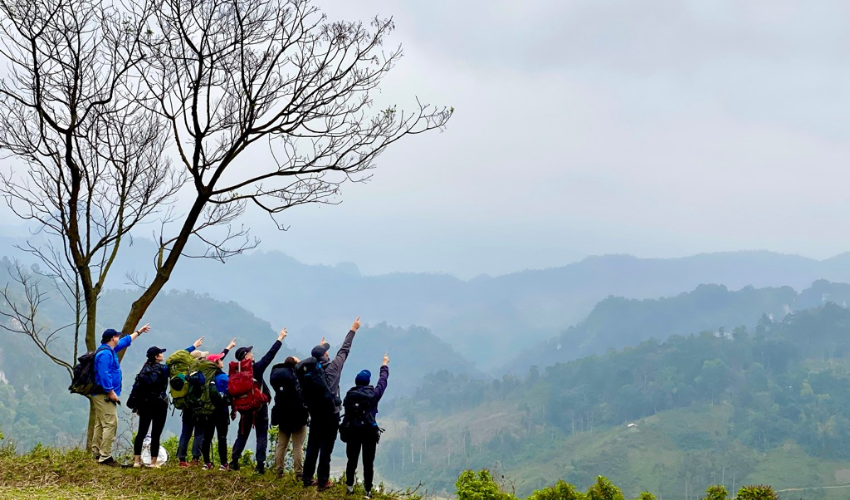
Ba Be National Park Trekking is the best way to explore the natural beauty and the unique system of flora and fauna of Ba Be. The activity also offers the chance to experience the rich ethnic culture of the Tay living within the park.
May 28, 2025
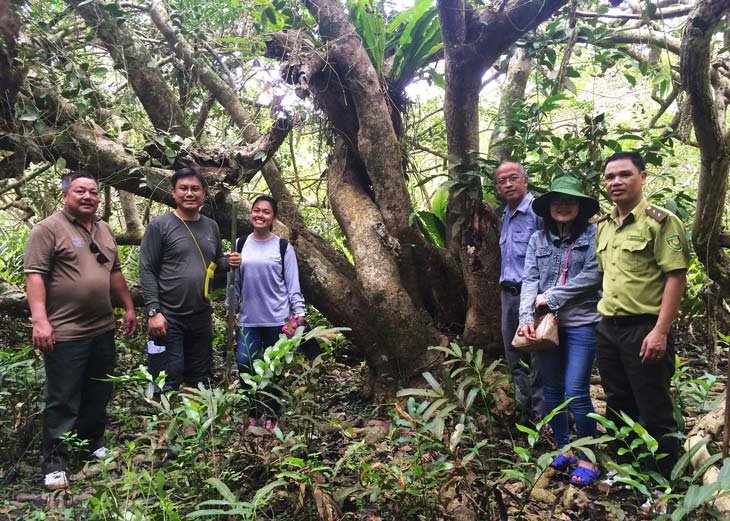
Bai Tu Long national park covers 15,783 hectares, of which forests and forest land make up 6,125 ha on more than 40 islands, and water surface accounts for 9,650 ha. It is home to 1,909 species of fauna and flora, including 72 types of animals and 30 kinds of plants listed in Vietnam’s Red Book of endangered species.
May 28, 2025

Cat Ba National Park is located in Cat Hai district, Hai Phong city in the northeast Vietnam. The national park is centered on Cat Ba island, a 28,500 ha island, which lies 20 km due east of Hai Phong city and immediately to the west of Halong bay. The national park also incorporates some of the small islands and marine waters situated to the east of Cat Ba island.
May 28, 2025
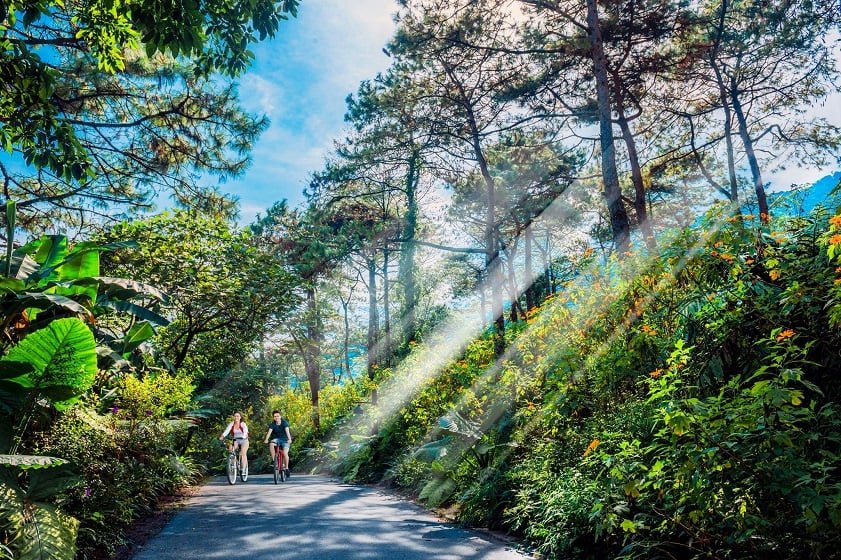
Coming to Ba Vi National Park, you will not only enjoy classic travel activities such as visit cactus gardens, Thuong Temple, French relics …you can also challenge yourself by joining a jungle trek through the park.
May 28, 2025
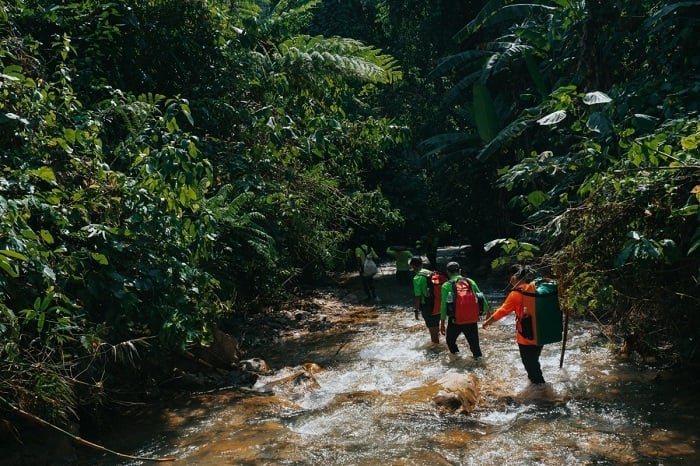
Xuan Son National Park is located 150 kilometers west of Hanoi at the entrance to the magnificent Hoang Lien Son mountain range, Phu Tho Province. The National Park is a great natural retreat and trekking area.
May 28, 2025
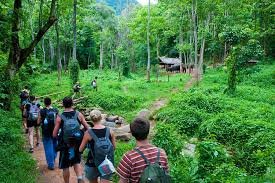
Cuc Phuong National Park is the centerpiece of Vietnam’s conservation efforts and one of the most accessible parks in Vietnam. The park is located about 120km from downtown Hanoi, and the car trip takes about 2-3 hours.
May 28, 2025
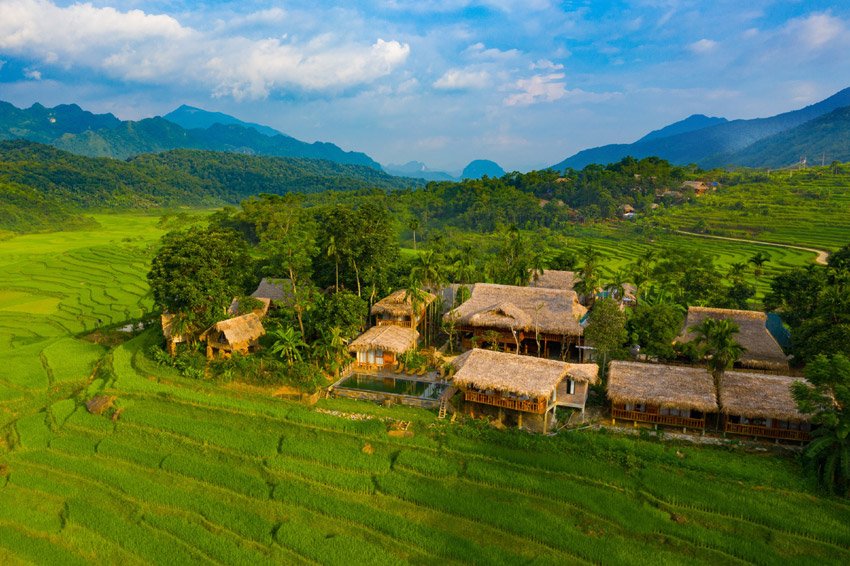
Pu Luong hiking tour is our most recommended trip since the itinerary offers you the chance to discover more the region including both the beautiful nature, rice terrace, and the authentic culture. You will have contact with different local Muong and Thai people on your Pu Luong Vietnam trek, and to experience their real, slow life.
May 28, 2025

Mai Chau Valley is located in Mai Chau District, Hoa Binh Province, approximately 135 km from Hanoi and 60 km from Hoa Binh City. Mai Chau Valley is surrounded by Thai villages scattered on the hill sides. Travelers come to Mai Chau to spend a night in a local stilt house and to experience the real life of the Thai people.
May 28, 2025